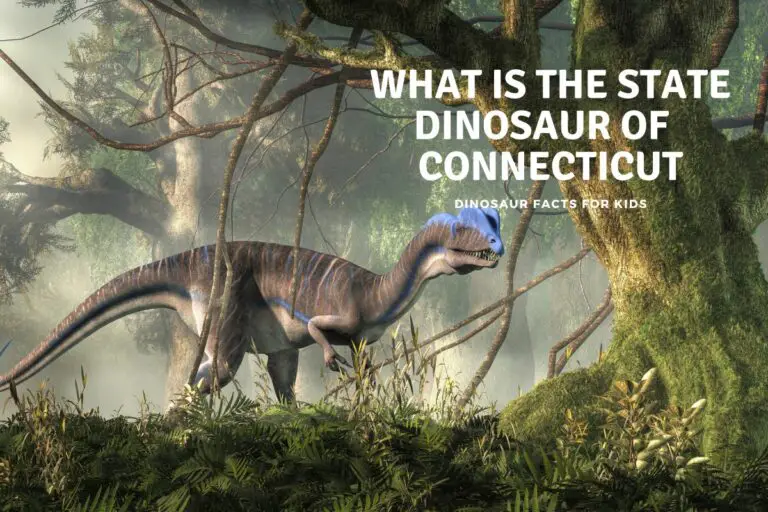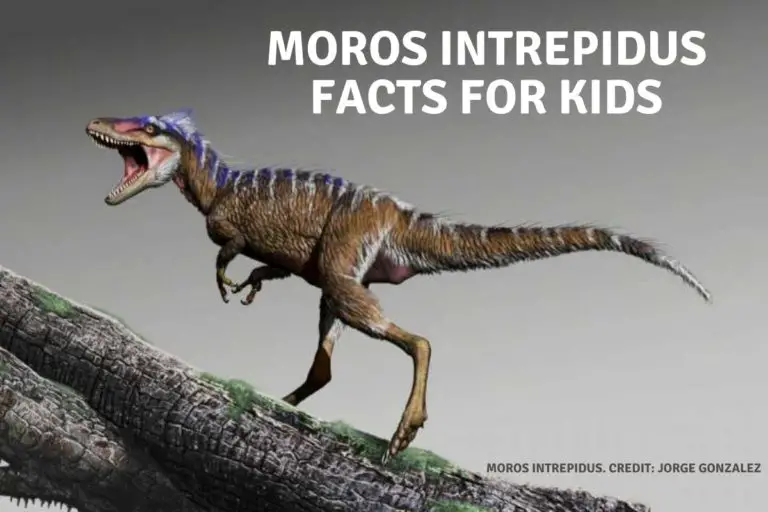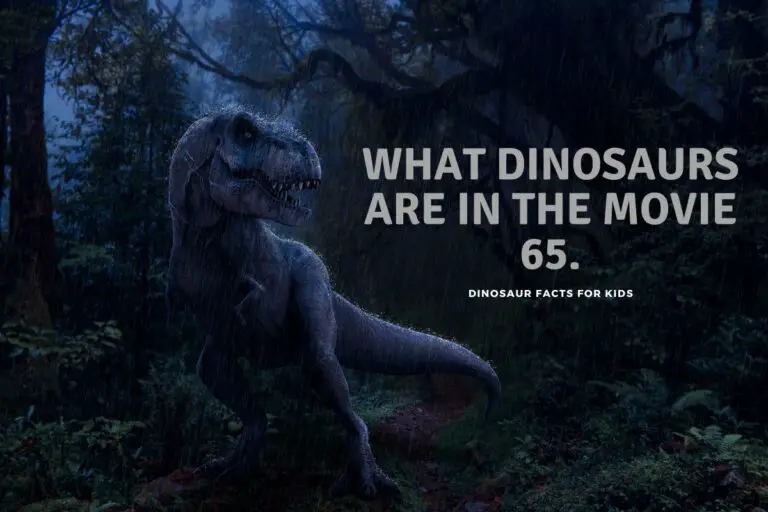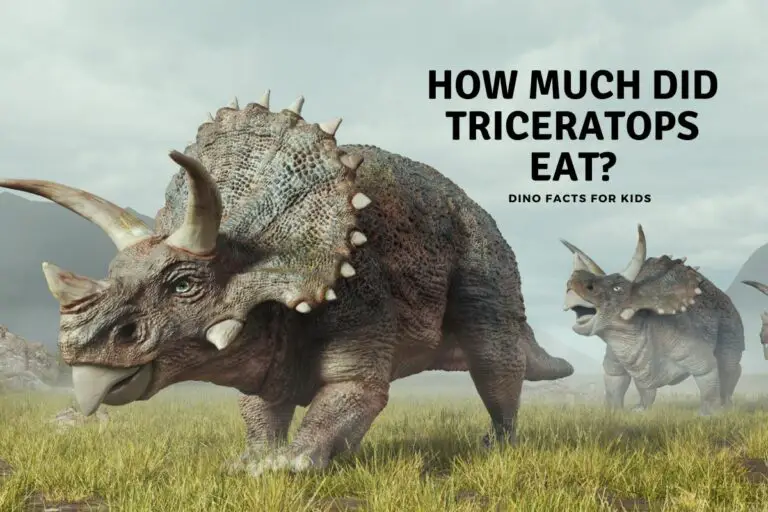How Big Was a Pterodactyl?
The term Pterodactyl generally refers to different species of pterosaurs, which were a group of flying reptiles that lived during the Late Jurassic and Early Cretaceous periods, about 150 to 100 million years ago. We will discuss the general usage mainly, but it can also refer to both Pteranodon and Pterodactylus which we will explain below.
They’re considered some of the largest known flying animals that have ever existed, with some being as large as fighter jets, so you may be wondering how big they were.
Pterodactyls were quite large for a flying animal as their wingspan reached up to 35 feet, and they may have weighed up to 500 pounds. Their torsos were similar in size to an adult man, about 8 feet long, with their necks about 9 feet long and their heads just as large.
Pterodactyls ranged in size depending on their species. Keep reading to learn more about how big different species of Pterodactyls were and how their size affected their ability to fly.

How Big Was a Pterodactyl?
There were many species of Pterodactyls, more formally known as Pterosaurs, and they varied in size.
Some of the larger Pterodactyls were the size of fighter jets as their wingspans reached up to 35 feet, which is about 10 feet larger than the largest flying bird currently known, and they may have weighed up to 500 pounds. However, other pterodactyls were much smaller, with wingspans of only a few feet.
Their torsos were similar in size to an adult man, about 8 feet long. Moreover, their necks were about 9 feet long and their heads were just as large.
Since the size of Pterodactyls varies significantly depending on the species, here’s a quick comparison between different Pterodactyl species and their estimated wingspan.
| Pterodactyl Species | Wingspan |
| Eudimorphodon | 1-3 feet |
| Rhamphorhynchus | 2-6 feet |
| Pterodactylus | 2-3 feet |
| Dimorphodon | 4-4.5 feet |
| Tapejara | 4-5 feet |
| Nyctosaurus | 8-9 feet |
| Dsungaripterus | 9.8 feet |
| Anhanguera | 15 feet |
| Pteranodon | 21-23 feet |
| Quetzalcoatlus | 34-35 feet |
We have more information on if Pterodactyls had teeth here on the site as well.
The First Pterodactyl Fossil Discovered
The first Pterodactyl fossil discovered in 1784 was that of a Pterodactylus, dating back to 220 million years old. It was discovered in Italy by a scientist named Cosimo Collini, who initially thought he had discovered a marine animal.
The term Pterodactylus comes from the Greek word “pterodaktulos,” which means “winged finger,” and that is because Pterodactyls had an exceptionally long fourth digit connected to their large wings.
In 1809, the term “Pterodactyl” was coined and used by scientists until they realized that there were various different species of flying reptiles.
So, the term “Pterosaurs” became the formal term used to refer to members of the order Pterosauria, which includes all flying reptiles. However, “Pterodactyl” is still the more popular term.
The total number of Pterodactyls fossils is only 30, and only a few are completely intact. Moreover, the majority of those intact fossils belong to juvenile Pterodactyls.
The reason why Pterodactyls fossils are so rare is that their bones were fragile and hollow bones, so their remains could not remain in a completely intact form for this long.
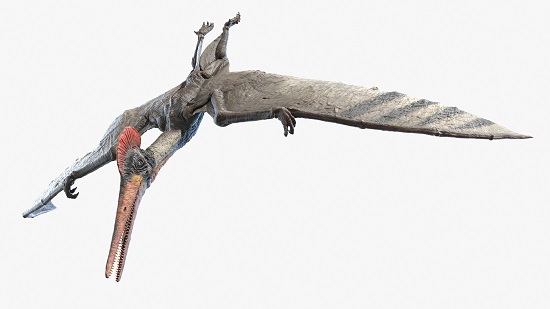
Physical Characteristics of Pterosaurs
Since there were different species of Pterosaurs, their physical characteristics varied along with their size. So, here’s what we know about how the majority of these flying reptiles looked:
- Their bodies were large but compact, and their bones were hollow, similar to modern-day birds.
- Their wings were formed by a skin membrane, similar to a bat’s wings, and connected to their hand by an elongated fourth digit.
- Their heads were large, and their necks were elongated. Some of them had pouches in their throat, similar to that of pelicans for catching food.
- Their jaws were narrow and full of short, needle-like teeth. It’s estimated that they had about 90 teeth.
- Their most distinguishing physical feature, which was common in almost all Pterosaurs species, was the crest on their heads
- The crest came in various forms with different combinations of flesh, skin, and bone, depending on the species. For instance, some Pterosaurs had bony crests, while others had only skin crests.
We have loads of other pages and resource on the site covering flying reptiles and dinosaurs. You can make a start by checking out the list below.
Could Pterodactyls Actually Fly?
Given their large size, it may seem too far-fetched that animals like Pterodactyls could actually fly. However, fossil evidence and scientific analysis proved that they were some of the first vertebrates capable of flight.
Pterodactyls have been discovered with well-developed wing bones, including a keeled breastbone that would have anchored powerful flight muscles.
They also had a number of other features that are characteristic of flying animals, such as hollow bones, which would have made them lightweight, and strong legs that helped them launch their bodies into the air.
While it’s clear that Pterodactyls had no problem with flying despite their size, they still had problems with taking off from the ground.
Researchers were able to discover how Pterodactyls could take off and fly by creating models of different sizes using 3-D scans of their fossils.
They discovered that Pterodactyls didn’t fly like birds by simply running and flapping their wings; instead, they used all four limbs to take off. They also discovered that they used their flexible wings to control their speed, so they could slow down enough when landing to reach the ground safely.
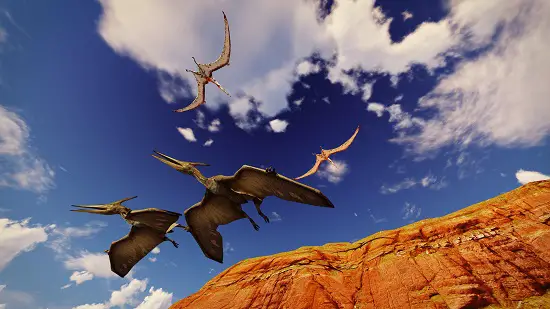
Are Pterodactyls Even Dinosaurs?
Even though Pterodactyls lived among dinosaurs and became extinct around the same time, they were not actually dinosaurs.
They’re considered a distant cousin of dinosaurs because they look similar to dinosaurs to the untrained eye, and they shared a common ancestor.
However, the two groups diverged as Pterodactyls became adapted for flight, and dinosaurs remained exclusively terrestrial, which led to various anatomical differences between them.
One of the main anatomical differences between the two is their arm and hip bones, as all dinosaurs have a crest on their upper arm bone and a hole in their hip socket, while Pterodactyls do not have either of these features.
Check out this video from paleontologist Danny Barta to learn more about why Pterodactyls aren’t dinosaurs:
We have a series of articles on How Big Dinosaurs were and you can follow the links below to check out the size of other popular dinosaurs.
And if you wanted to know some of the smallest dinosaurs ever you can check out the article on the site as well. As although dinosaurs are often thought to be huge monstrous animals there were plenty of small ones as well and we take a look at them on the link above.
Conclusion
There were many species of Pterodactyls of various sizes. Some of them were large, with wingspans of about 35 feet, while others were much smaller, with wingspans of only a few feet.
They had many physical characteristics that allowed them to fly and stay airborne; however, they had problems with taking off the ground due to their size.
Since Pterodactyl fossils are very rare, we still have much to learn about them, particularly how they managed to launch their large bodies into the air.
References
- https://www.britannica.com/animal/pterodactyl
- https://www.livescience.com/24071-pterodactyl-pteranodon-flying-dinosaurs.html
- https://a-z-animals.com/animals/pterodactyl/
Hi, I am Roy Ford a General Studies and English Teacher who has taught all over the world. What started as a fossil collection became a great way to teach, motivate and inspire students of all ages and all over the world about dinosaurs and from that and children’s love of dinosaurs came the site dinosaur facts for kids, a resource for all ages.

